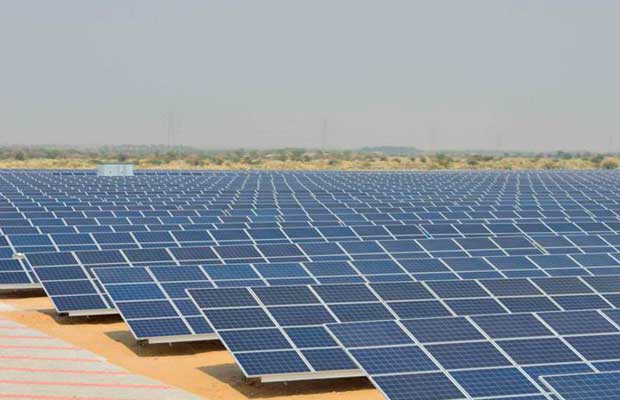State-owned thermal energy giant NLC India Ltd (formerly Neyveli Lignite Corporation) has touched 1404 MW of renewable capacity as on January 31, 2020—the highest ever achieved by any central public sector enterprise in India. This includes 1353 MW from solar and 51 MW from wind. The producer aims to add further 2847 MW to reach renewable capacity of 4251 MW (4 GW solar and 251 MW wind) by 2025.
Further, the producer, which has 1350 MW of solar capacity in Tamil Nadu itself, plans to expand its solar footprint to various other states with an aggregate 2630 MW lined up. It is currently establishing a 20 MW solar with battery based energy storage project in Andaman, of which 2.5 MW was commissioned during 2018-19. It expects to commission the full capacity by March this year.
Keeping pace with the changing business trends, NLC is now concentrating on renewable energy. While the producer’s thermal investments in 2018-19 dropped marginally to Rs 4819 crore from Rs 5154 crore in 2017-18, investments in renewables capacity more than doubled to Rs 3172 crore from Rs 1474 crore
This content is protected by copyright and may not be reused. If you want to cooperate with us and would like to reuse some of our content, please contact: editors@pv-magazine.com.









By submitting this form you agree to pv magazine using your data for the purposes of publishing your comment.
Your personal data will only be disclosed or otherwise transmitted to third parties for the purposes of spam filtering or if this is necessary for technical maintenance of the website. Any other transfer to third parties will not take place unless this is justified on the basis of applicable data protection regulations or if pv magazine is legally obliged to do so.
You may revoke this consent at any time with effect for the future, in which case your personal data will be deleted immediately. Otherwise, your data will be deleted if pv magazine has processed your request or the purpose of data storage is fulfilled.
Further information on data privacy can be found in our Data Protection Policy.